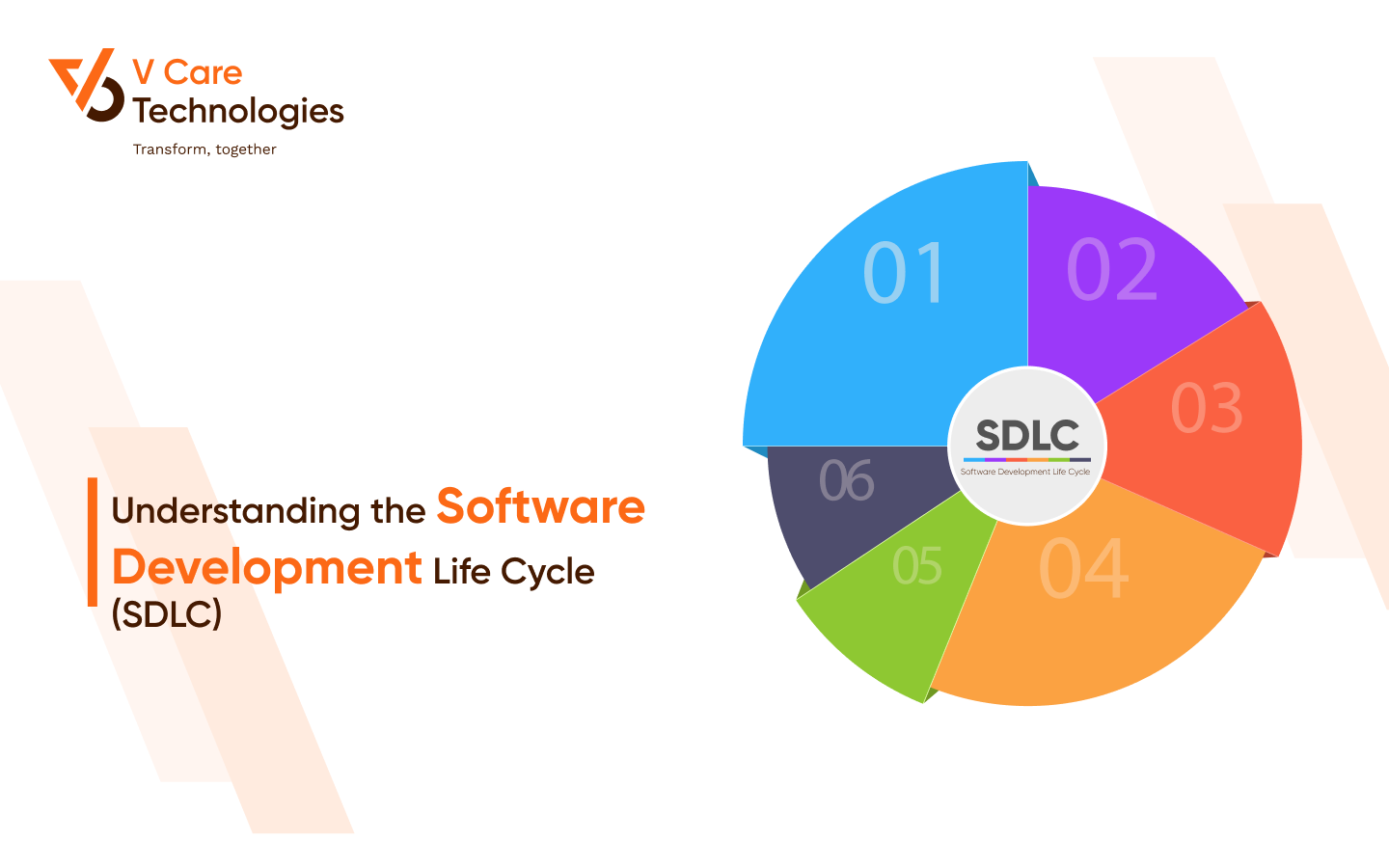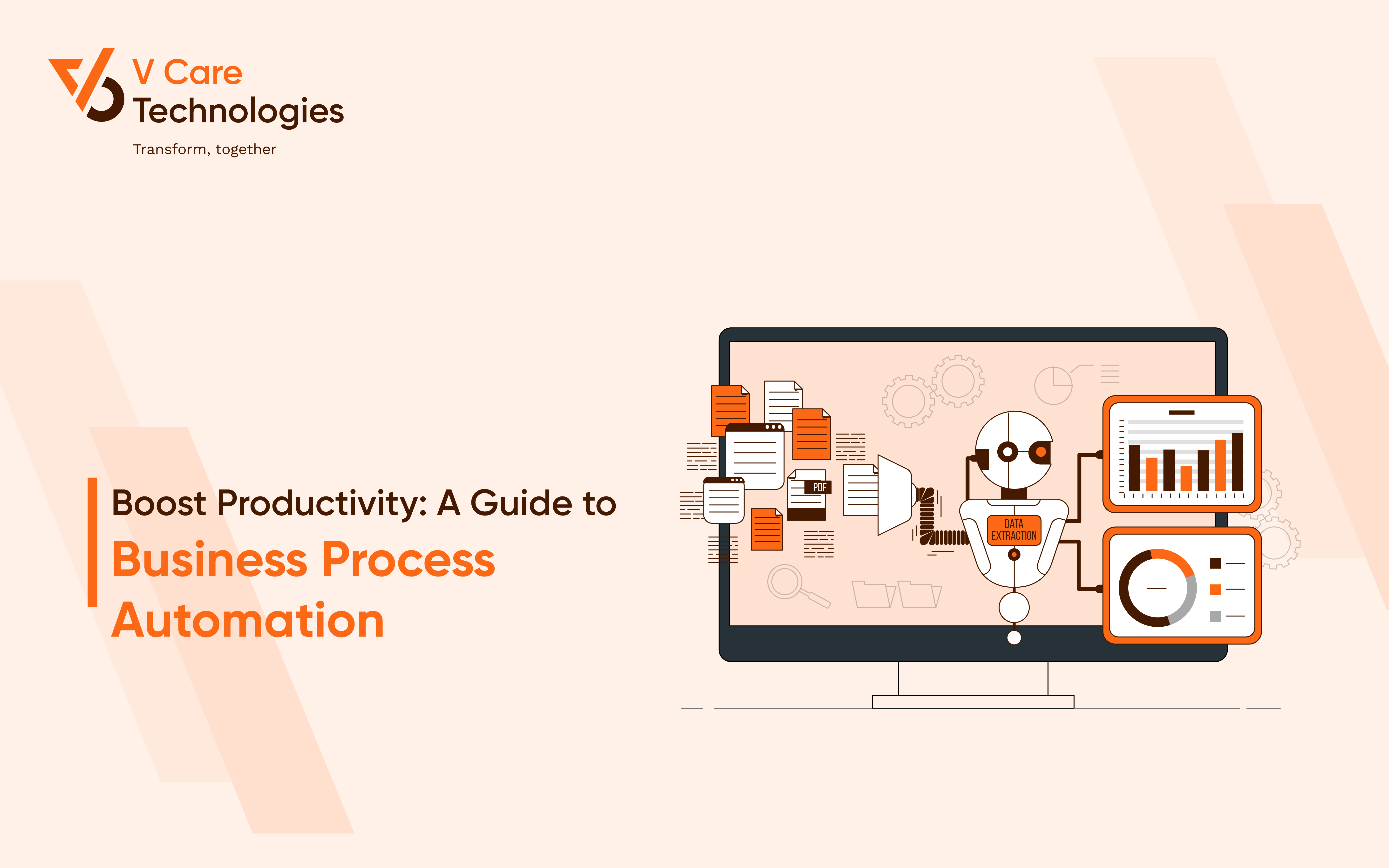Understanding the Software Development Life Cycle (SDLC)
Welcome to a journey through the Software Development Life Cycle (SDLC), a fundamental process that shapes the creation of every software. Whether you're new to the software development realm or seeking a refresher, understanding SDLC is crucial. In this guide, we will demystify SDLC in simple terms, and explore its key phases, various models, best practices, and why it matters for successful software development projects.
What is SDLC?
Software Development Life Cycle (SDLC) is a structured framework that outlines the steps involved in the creation, development, and maintenance of software. This process ensures a systematic approach from the initial idea to the final product. In essence, it's a roadmap that guides software developers through the complexities of creating efficient and reliable software.
The importance of SDLC in software development projects cannot be overstated. It provides a clear and defined path, aiding in project management, risk assessment, quality assurance, and efficient resource utilization. Without SDLC, projects might lack direction, resulting in potential chaos, cost overruns, and unsatisfactory end-products.
Key Phases of SDLC
Requirements Gathering
Understanding client needs and project goals is the bedrock of any software development project. This phase involves in-depth discussions with stakeholders to identify and document the project requirements. The clearer the requirements, the smoother the rest of the SDLC journey.
System Design
Once the requirements are gathered, the next step is to create a blueprint for the system. System design involves architectural planning and specifying the hardware and system requirements. It's like creating a detailed map before embarking on a journey.
Implementation
With a clear plan in place, developers start writing the code. This phase is the core of SDLC, where design documents are transformed into the actual functioning system. Developers follow the coding standards and guidelines defined during the design phase.
Testing
Quality assurance is pivotal. Testing involves systematically identifying bugs, errors, and any deviation from the requirements. It's akin to double-checking everything before presenting the final product.
Deployment
Once the software is thoroughly tested and approved, it's time for launch. Deployment involves making the software available to users. This step needs careful planning to ensure a smooth transition from development to real-world use.
Maintenance
Software, like everything else, requires care and updates. The maintenance phase involves regular updates, improvements, bug fixes, and support to ensure the software remains efficient and reliable.
Different SDLC Models
Explanation of Popular SDLC Models
Software Development Life Cycle (SDLC) offers various models, each presenting a unique approach to software development. These models guide the development process, providing a structured framework to follow. Some popular SDLC models include:
Waterfall Model:
The Waterfall model is a sequential, linear approach. Each phase must be completed before moving on to the next. It's well-suited for projects with clear and well-defined requirements from the beginning.
Agile Model:
Agile is an iterative and flexible approach, emphasizing collaboration and adaptability. It divides the project into small increments, allowing for frequent reassessment and adjustments based on feedback.
Spiral Model:
The Spiral model combines the idea of iterative development (prototyping) with the systematic aspects of the waterfall model. It's ideal for projects where risk assessment is crucial, and changes are expected.
V-Model (Verification and Validation):
The V-Model is an extension of the waterfall model and is based on the association of a testing phase for each corresponding development stage. It ensures that development aligns with testing and verification at every step.
Advantages and Disadvantages of Each Model
Understanding the strengths and weaknesses of each SDLC model is essential to choose the most appropriate one based on the project requirements.
- Waterfall Model:
- Advantages:
- Simple and easy to understand and use.
- Well-structured, making it easy to manage.
- Clear project documentation at each phase.
- Disadvantages:
- Limited flexibility for changes after moving to the next phase.
- Not suitable for large and complex projects.
- Agile Model:
- Advantages:
- Flexibility to adapt to changes even late in the development process.
- Early and continuous delivery of a potentially shippable product.
- Customer involvement and feedback are encouraged.
- Disadvantages:
- Requires a highly skilled and dedicated team.
- Lack of comprehensive documentation.
- Spiral Model:
- Advantages:
- Risk assessment is inherent in the process.
- Accommodates changes and improvements.
- Good for large and complex projects.
- Disadvantages:
- More complex and time-consuming compared to other models.
- Costly due to extensive risk analysis.
- V-Model:
- Advantages:
- Each development stage has a corresponding testing phase.
- Strong emphasis on verification and validation.
- Clear documentation for each phase.
- Disadvantages:
- Rigidity, making it difficult to accommodate changes.
- Not suitable for smaller projects.
Choosing the Right SDLC Model
Factors to Consider When Selecting an SDLC Model for a Project
Selecting the appropriate SDLC model for a project is crucial and should align with project-specific needs. Factors to consider include:
1. Project Size:
- Evaluate the magnitude and complexity of the project. For smaller projects, Agile or Waterfall might be more suitable, while larger projects may benefit from the Spiral model.
2. Complexity:
- Analyze the complexity of the project in terms of requirements, technology, and potential risks. Complex projects might benefit from the Spiral model or Agile approach due to their adaptability.
3. Timeline:
- Consider the project's timeline and deadlines. If the project demands a faster development pace and frequent deliverables, Agile might be the right choice.
4. Client Involvement:
- Assess the level of client involvement and the need for their feedback during the development process. Agile places a strong emphasis on customer collaboration, making it suitable for projects with highly involved clients.
By carefully evaluating these factors, project managers and teams can make informed decisions, selecting the most suitable SDLC model that aligns with the project's specific requirements and constraints.
Best Practices for Effective SDLC
Software Development Life Cycle (SDLC) is not only about following a model; it's about adopting best practices that enhance the efficiency and success of the development process. Here, we delve into crucial best practices that can significantly impact the outcome of any software development project.
Version Control and Documentation
Maintaining a Robust Version Control System:
Version control is the backbone of effective software development. It allows tracking changes in the codebase, facilitating collaboration among team members. Tools like Git and Subversion help in managing versions, enabling developers to work on different features concurrently while ensuring a consistent and organized codebase.
Comprehensive Documentation:
Comprehensive and up-to-date documentation is invaluable throughout the SDLC. It provides insights into the system architecture, design, code, and processes. Well-documented code helps in understanding the logic and functionality, aiding in maintenance and future enhancements. It also eases the onboarding process for new team members, ensuring a smooth transition and knowledge transfer.
Collaboration and Communication Strategies
Efficient Communication:
Clear and effective communication is vital for successful SDLC implementation. Teams should establish open lines of communication, ensuring that everyone is informed about project updates, changes, and challenges. Regular team meetings, stand-ups, and updates help in synchronizing efforts, identifying issues early, and fostering a collaborative environment.
Collaboration Tools:
Utilize collaboration tools that streamline communication and project management. Tools like Slack, Microsoft Teams, or Trello provide a centralized platform for discussions, file sharing, task assignment, and real-time updates. These tools enhance productivity and keep everyone on the same page throughout the development cycle.
Risk Assessment and Management
Identifying Risks Early:
Effective risk assessment should start at the beginning of the SDLC. Identify potential risks related to technology, resources, requirements, or timeline. Engage the team in brainstorming sessions to foresee challenges and devise mitigation strategies.
Proactive Risk Mitigation:
Once identified, create a risk mitigation plan. Define actions to address each risk, assign responsibilities, and set clear timelines. Regularly review and update the risk register throughout the project. Proactive risk management ensures that risks are controlled, minimizing their impact on project success.
By implementing these best practices, development teams can enhance the efficiency and effectiveness of their SDLC. Version control and comprehensive documentation foster organized development, efficient collaboration and communication strategies align teams, and proactive risk assessment and management ensure a smoother journey towards project success.
Benefits of Following SDLC
Software Development Life Cycle (SDLC) is not just a framework; it's a strategic approach that comes with a multitude of benefits, significantly impacting the success of software development projects.
Improved Project Management and Organization
Providing Structure:
SDLC offers a structured framework, delineating the entire development process into manageable phases. This structure aids project managers in organizing tasks, setting milestones, and tracking progress effectively. With a clear roadmap, project management becomes efficient, ensuring that the project stays on course and meets deadlines.
Enhanced Coordination:
SDLC encourages collaboration and coordination among cross-functional teams. With everyone following a defined process, there's a collective understanding of goals and responsibilities, promoting a cohesive and well-coordinated effort throughout the project.
Enhanced Product Quality and Reliability
Systematic Approach:
Following a systematic approach through the defined phases of SDLC ensures that each aspect of the software is thoroughly examined and validated. This reduces the likelihood of errors or bugs escaping detection, resulting in a higher-quality end product.
Meeting Quality Standards:
SDLC enforces adherence to established quality standards and best practices. By following these standards, developers ensure that the software meets the intended quality benchmarks, enhancing its reliability and functionality.
Better Cost and Time Management
Accurate Cost Estimates:
With a well-defined SDLC in place, project managers can accurately estimate costs associated with each phase. This helps in budget planning and allocation of resources, preventing budget overruns.
Efficient Time Management:
SDLC divides the project into manageable phases with allocated time frames. This enables efficient time management, preventing unexpected delays and ensuring that the project progresses according to the established schedule.
Future Trends in SDLC
Emerging Trends and Technologies Affecting the Future of SDLC
The future of Software Development Life Cycle (SDLC) is evolving rapidly, driven by advancements in technology and changing project requirements. Here are some emerging trends and technologies that are shaping the future of SDLC:
1. Artificial Intelligence (AI):
- AI is revolutionizing SDLC by automating tasks, predicting risks, and providing valuable insights. AI-powered tools can enhance testing, code analysis, and project management, ultimately increasing efficiency and productivity.
2. DevOps:
- DevOps promotes collaboration and integration between development and operations teams. It emphasizes continuous integration, delivery, and deployment, leading to faster development cycles, improved product quality, and enhanced customer satisfaction.
3. Continuous Integration/Continuous Deployment (CI/CD):
- CI/CD focuses on automating and streamlining the software release process. By integrating code changes and deploying them continuously, development teams can accelerate the delivery of high-quality software.
4. Low-Code/No-Code Development:
- Low-code/no-code platforms enable rapid application development with minimal coding. This trend is empowering business users and accelerating the development process, making it more accessible and efficient.
5. Hybrid SDLC Models:
- Hybrid models combine elements of different SDLC approaches to tailor the process according to specific project requirements. Integrating Agile with traditional models like Waterfall allows for increased flexibility while maintaining structure.
Adopting these emerging trends and technologies in SDLC promises increased efficiency, productivity, and adaptability in software development processes, catering to the evolving demands of the industry.
Conclusion
The Software Development Life Cycle (SDLC) is the backbone of successful software projects. By following a structured SDLC process, developers and organisations can ensure efficient project management, higher product quality, and improved cost and time management. Embrace SDLC to unlock the full potential of your software development endeavours.
Explore the Software Development Life Cycle (SDLC) and revolutionise your software vision with V Care Technologies, the best software development company in Surat. Let's collaborate to make your ideas a reality. Contact us now for exceptional software solutions.
Author: Murtuza Tarwala
2023-07-17




 About us
About us Services
Services Projects
Projects Blogs
Blogs





